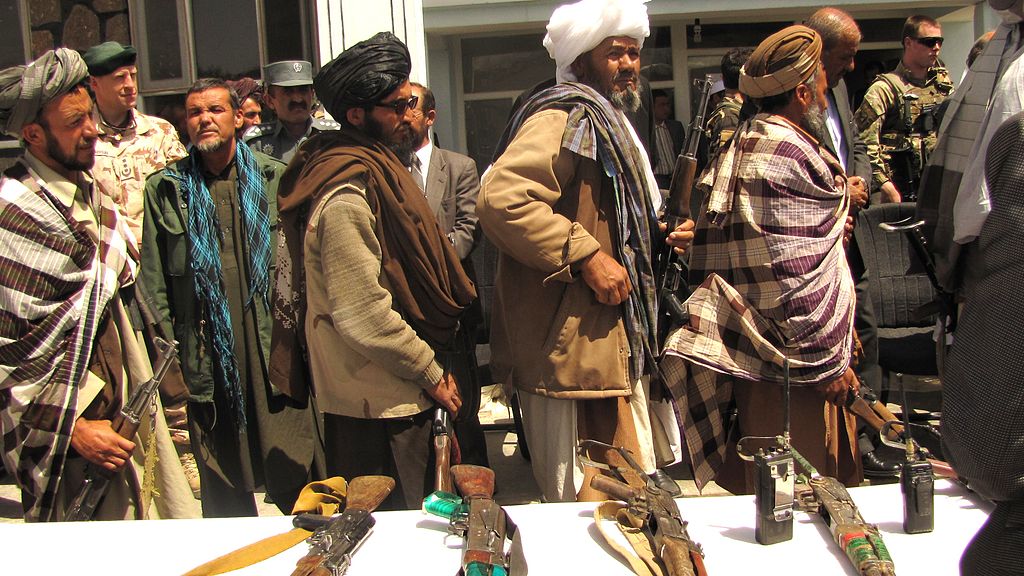We’re back to square one in Afghanistan. Once again, this benighted country is under the thrall of a regime inspired and guided by a radical, austere and repressive form of Islam.
Nearly 20 years after U.S. forces deposed the Taliban, it is firmly back in power.
What a humiliating, head-spinning reversal of fortune for the United States and its allies, which wasted blood and treasure to forestall this dark and depressing scenario.
Two thousand four hundred and forty eight U.S. troops were killed in Afghanistan and more than 20,000 were wounded, in America’s longest and most inconclusive war. Almost 4,000 U.S. contractors were killed. Four successive presidents, from George W. Bush to Joe Biden, spent at least $1 trillion in prosecuting it.
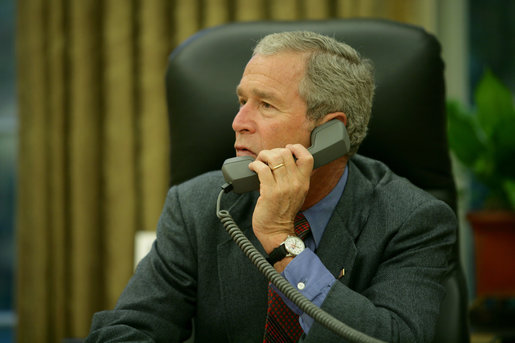
Allied countries, ranging from Canada to Britain, lost 1,100 soldiers and squandered billions of dollars in what would be a futile effort to defeat the Taliban, which had ruled the country for five years in dictatorial fashion and incurred the wrath of the United States by harboring Osama bin Laden, the leader of Al Qaeda, and his legion of foot soldiers.
The war exacted a terrible toll on Afghans– 66,000 soldiers and police and 47,000 civilians.
The American defeat in Afghanistan, a sinkhole for foreign powers, was not unprecedented. The British were driven out in the first half of the 19th century. The Russians withdrew abjectly in 1989.
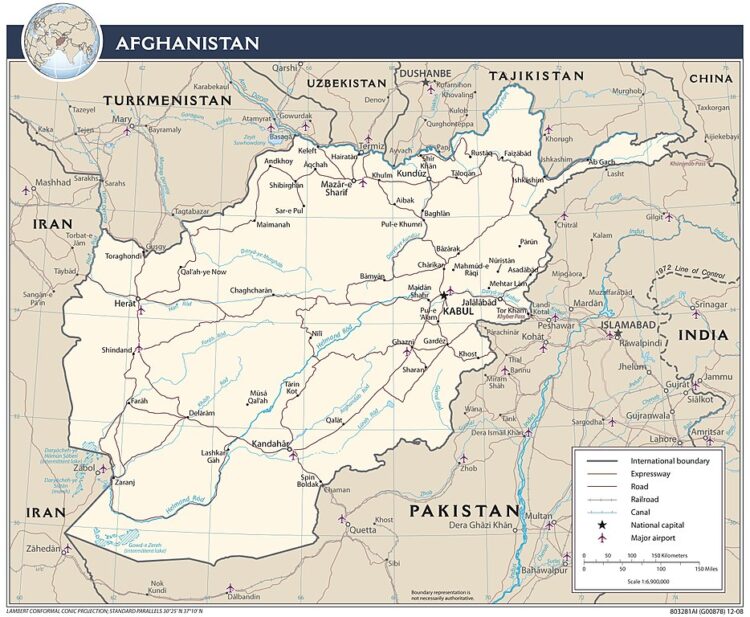
And now it was the Americans’ turn. The abysmal capitulation of the U.S.-backed Afghan government, combined with the triumphal return of the Taliban, brought back vivid memories of the precipitous fall of the American-supported South Vietnamese government to North Vietnamese forces in 1975.
The Taliban’s victory also summoned up images of the ignominious collapse of the U.S.-trained Iraqi army in 2013. Its surrender on the battlefield emboldened Islamic State to establish a caliphate, albeit temporarily, in Iraq and Syria.
The astonishing Taliban takeover of Afghanistan was swift and ruthless. The much larger and better equipped Afghan army, which had been trained, armed and provisioned by the United States at a cost of some $80 billion over the years, barely resisted Taliban advances. The cold reality is that the United States grossly overestimated its fighting abilities and minimized the determination, grit and resiliency of the Taliban.
Biden himself expressed disgust at the utter rout. “American troops cannot and should not be fighting in a war and dying in a war that Afghan forces are not willing to fight for themselves,” he said contemptuously.
Biden’s remark was a stunning commentary on the Afghan armed forces, which were plagued by waste, corruption, mismanagement and mediocre leadership.
The Taliban reconquered the country shortly after Biden famously declared, “The likelihood there’s going to be the Taliban overrunning everything and owning the whole country is highly unlikely.”
“There’s going to be no circumstance where you see people being lifted off the roof of an embassy of the United States in Afghanistan,” he added.
The timing of the Taliban triumph was significant.
It occurred just two weeks before the U.S. is scheduled to end its combat mission and withdrawn its troops under a timetable announced by Biden several months ago.
And it will take place less than three weeks before the 20th anniversary of 9/11, the coordinated Al Qaeda terrorist attacks in New York City and Washington, D.C. on September 11, 2001 which prompted the United States to invade Afghanistan and unseat its Islamic fundamentalist Taliban regime.
In what can only be described as a colossal intelligence failure, U.S. officials were stunned by the rapid sequence of events. The assumption in Washington was that two to three years would elapse before the Taliban could reconquer Afghanistan.
Seizing Kabul after capturing a succession of provincial capitals, the Taliban completed its mission with apparent ease in only 10 days.
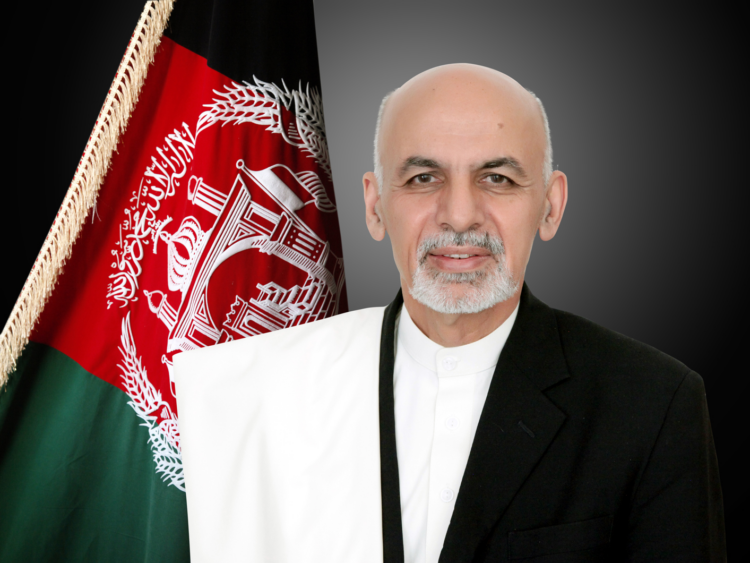
As Taliban fighters descended on Kabul, Afghan President Ashraf Ghani’s reportedly fled to neighboring Tajikistan. In a social media post, he justified his flight by citing the need to save lives. “If I had stayed, countless of my countrymen would be martyred and Kabul would face destruction and turn into ruins that could result to a human catastrophe for its six million residents,” he wrote.
Fine, self-serving words, these. But as the “captain” of the ship, Ghani should have been on deck during these perilous moments.
The chaotic scenes that unfolded at Kabul airport on August 16 as Afghans desperately clamored to board American military evacuation flights were symptomatic of the confusion, disorder and disintegration that rattled and gripped Afghanistan as a new era dawned at lightning speed.
Realists in Washington, D.C. were acutely aware that the pro-American government in Kabul was hopelessly weak and thoroughly corrupt, a house of cards primed to unravel.
As far back as 2014, the Pentagon issued a sober report that the war against the Taliban could not be won militarily. The reasons are clear. The Taliban enjoyed popular support among many Afghans, could still field thousands of battle-hardened fighters, and had free and unhindered access to sanctuaries in neighboring Pakistan, which played a duplicitous role during the war.
Pulling out the bulk of its troops, the U.S. transitioned to a new mode of training and assisting local Afghan forces, which began leading 99 percent of conventional and special operations.
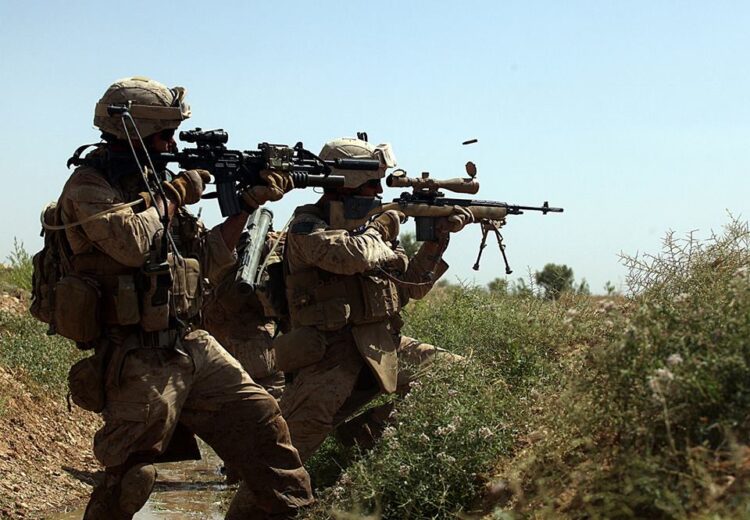
But even after these changes were phased in, a major problem was left to fester. Despite its nation-building efforts, the U.S. failed to produce effective democratic and representative governments. This was hardly surprising, given the historic absence of such institutions in Afghanistan, which began to implode following the dissolution of the monarchy.
To its credit, the United States transformed the education system, thereby allowing girls to fulfill their potential up to the university level. And qualified women were permitted to leave their homes and find gainful employment in the private and public sectors. This process of empowerment benefited women and girls across class and ethnic lines.
The health care system was upgraded, with the infant mortality rate falling sharply.
A free press and a seemingly independent judiciary emerged, giving Afghanistan the appearance of a modern and progressive nation.
But old traditions and customs die hard and lingered on. Corruption and graft in government were rampant. The war lord system remained intact. Opium production increased, underscoring Afghanistan’s disproportionate participation in the illegal heroin trade.
Under the Americans, the standard of living improved to a degree, but in much of rural Afghanistan, where the majority of Afghans live, poverty was endemic.
With the Taliban back in the saddle, time will tell whether its leaders will revert to their pre-2001 ways and methods, or whether they will modify their reactionary policies in accordance with Shari’a law.
Another question to be settled is whether Afghanistan will again degenerate into a safe haven for Islamic extremists bent on attacking the West. It’s doubtful whether the Taliban will repeat this egregious strategic error.
Some Afghans, particularly those who worked for the Americans as interpreters and in a variety of other capacities, will not sit around to weigh the pros and cons. They will emigrate as soon as conditions permit, leaving behind their fractious and fragmented homeland and starting their lives anew in foreign countries like the United States and Canada.
